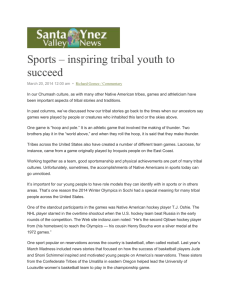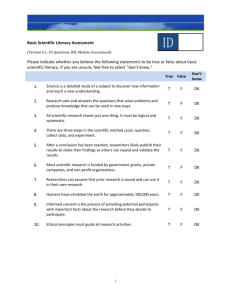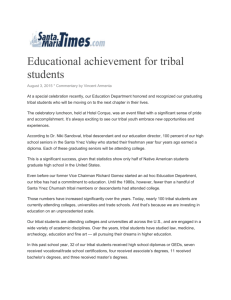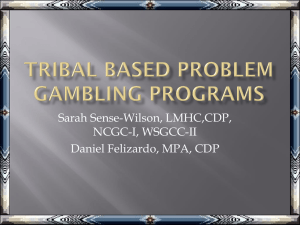Visitor Etiquette while on Native American Tribal Lands
advertisement
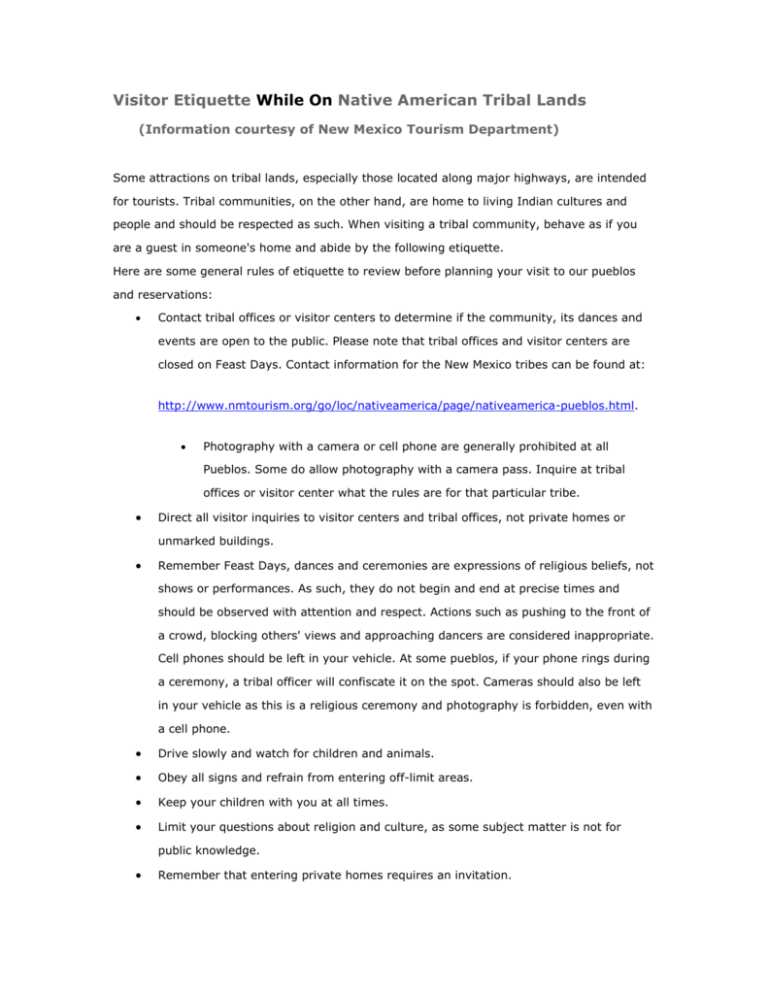
Visitor Etiquette While On Native American Tribal Lands (Information courtesy of New Mexico Tourism Department) Some attractions on tribal lands, especially those located along major highways, are intended for tourists. Tribal communities, on the other hand, are home to living Indian cultures and people and should be respected as such. When visiting a tribal community, behave as if you are a guest in someone's home and abide by the following etiquette. Here are some general rules of etiquette to review before planning your visit to our pueblos and reservations: Contact tribal offices or visitor centers to determine if the community, its dances and events are open to the public. Please note that tribal offices and visitor centers are closed on Feast Days. Contact information for the New Mexico tribes can be found at: http://www.nmtourism.org/go/loc/nativeamerica/page/nativeamerica-pueblos.html. Photography with a camera or cell phone are generally prohibited at all Pueblos. Some do allow photography with a camera pass. Inquire at tribal offices or visitor center what the rules are for that particular tribe. Direct all visitor inquiries to visitor centers and tribal offices, not private homes or unmarked buildings. Remember Feast Days, dances and ceremonies are expressions of religious beliefs, not shows or performances. As such, they do not begin and end at precise times and should be observed with attention and respect. Actions such as pushing to the front of a crowd, blocking others' views and approaching dancers are considered inappropriate. Cell phones should be left in your vehicle. At some pueblos, if your phone rings during a ceremony, a tribal officer will confiscate it on the spot. Cameras should also be left in your vehicle as this is a religious ceremony and photography is forbidden, even with a cell phone. Drive slowly and watch for children and animals. Obey all signs and refrain from entering off-limit areas. Keep your children with you at all times. Limit your questions about religion and culture, as some subject matter is not for public knowledge. Remember that entering private homes requires an invitation. Do not disturb or remove animals, plants, rocks or artifacts. For your own safety and to preserve historic structures, do not climb on walls or other structures. Do not bring pets, alcohol, drugs or firearms into tribal communities. Keep tribal lands clean and do not litter. Burn debris or bury trash. Place refuse in trash containers or take it with you. If you are invited to eat in someone's home at a Pueblo Feast Day, wait your turn and avoid lingering at the table. Teepees are used for religious purposes on the Navajo Nation and should not be approached by visitors. During tribal ceremonies: Refrain from walking across the dance plaza, climbing on walls, or entering the ceremonial rooms. Please be silent and do not applaud afterwards. Be patient. Attention to schedules can be rather casual. Do not approach or talk to ceremonial dancers as they are entering, leaving, or resting near the kiva. Do not interrupt non-dance participants' concentration by asking questions, talking, or waving to friends. Please control your children and see they are respectful.



